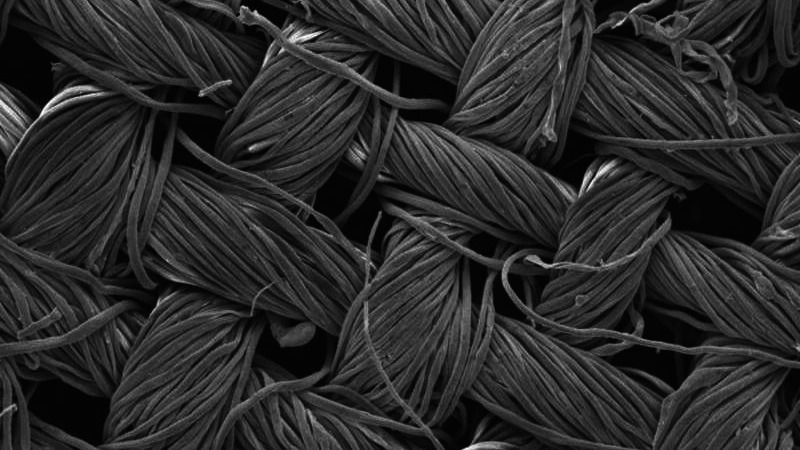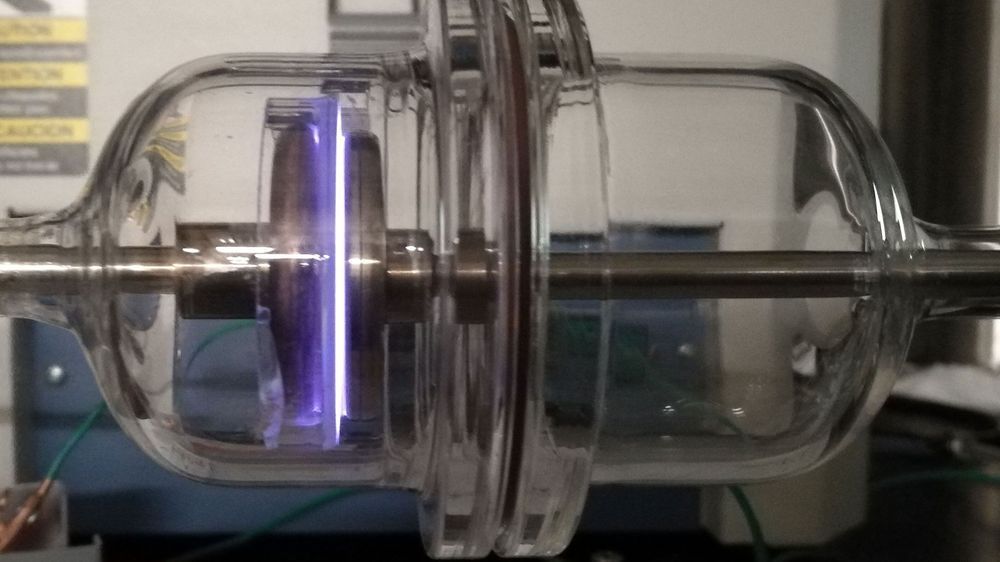Jun 16, 2019
Russian Hackers Tried to Attack U.S. Power Grid
Posted by Quinn Sena in categories: cybercrime/malcode, energy, government
A hacking group linked to the Russian government has been attempting to breach the U.S. power grid, Wired reports.
Security experts from the non-profit group the Electric Information Sharing and Analysis Center (E-ISAC) and security firm Dragos tracked the hackers — and warn that the group has been probing the grid for weaknesses, searching for ways that they could access U.S. systems.
Even though there are no signs that the group has succeeded in accessing the power grid, the attacks still have experts worried. And that’s partly because of the history of this particular hacking group: Xenotime, who created the infamous Triton malware. In late 2017, Triton attacked critical infrastructure such as the industrial control systems used in power plants, and it could have been used to cause massive destruction through tampering with power plant controls. That lead it to be labeled the “world’s most murderous malware.”
















